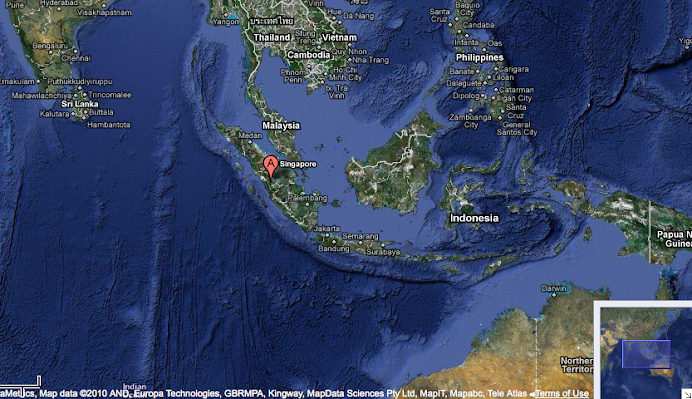I know, many of you will be thinking, “weren’t the Indian parasites enough, now he’s forcing himself to get skinnier on purpose!”
Well, let me explain. Ramadan, is a holy time for all Muslims, of which there are about a billion (actually, I wiki-ed it). During these 30 days, followers abstain from eating, drinking and sexual activity during daylight hours (insert joke here) and practice good deeds and extended prayers. The general idea is to cleanse you sins committed over the year and ask friends, family and God for forgiveness. This year, Ramadan began on August 11th (the date changes with the Islamic calendar) and will finish on September 10th with a huge feast called Eid ul-Fitr!
For a non-Muslim, what does Ramadan mean? First, it’s an act of solidarity with my co-workers. Although they would not judge me for taking a hidden snack or two, I am certainly encouraged to joining them in daily restraint and in breaking the fast together every night. Also, Ramadan is a time when the stomach can rest. Especially for someone like me, who normally eats every four-five hours, fasting gives the stomach a chance to rest (although mine has not stopped complaining enough to rest yet). For people here, this is thought of as a healthy way to cleanse the body. Third, Ramadan gives people a chance to reflect on what it must feel like for those people around the world who don’t get enough to eat in a day and continually feel the pain of hunger, if only for a little while. Finally, Ramadan is a challenge, a chance to prove that the mind is stronger than the body and that your life needn’t be controlled by physical urges.
As for strategy, I use the tried and tested method of stuffing oneself as much as possible before the Muazzin sounds 5am from the Mosque next door. This means a breakfast of instant oatmeal, boiled egg, protein shake, banana, mango and at least a litre of water. Trouble with this strategy, is that it is impossible to go to sleep with so much food rumbling around inside. So, I go to work early, make essential skype calls and plan the day’s tasks. During the last three days, I have been spent more time in the office than out. I anticipate that the weekend will bring it’s own challenges to be sure.
However, for me, I have no goal to reach. If I start to feel bad, tired, overly dizzy, or am unable to do the things I want to do, I will break my fasting. For my co-workers, they will look to mighty Allah for guidance and support, and fall back on a lifetime of annual cleansing months and continue on.
Restraint is not something I’ve had a lot of practice in my western world of constant consumerism and instant gratification. But, day-by-day, I am learning just a little more about it in Indonesia.
Until next time,
Teron



























